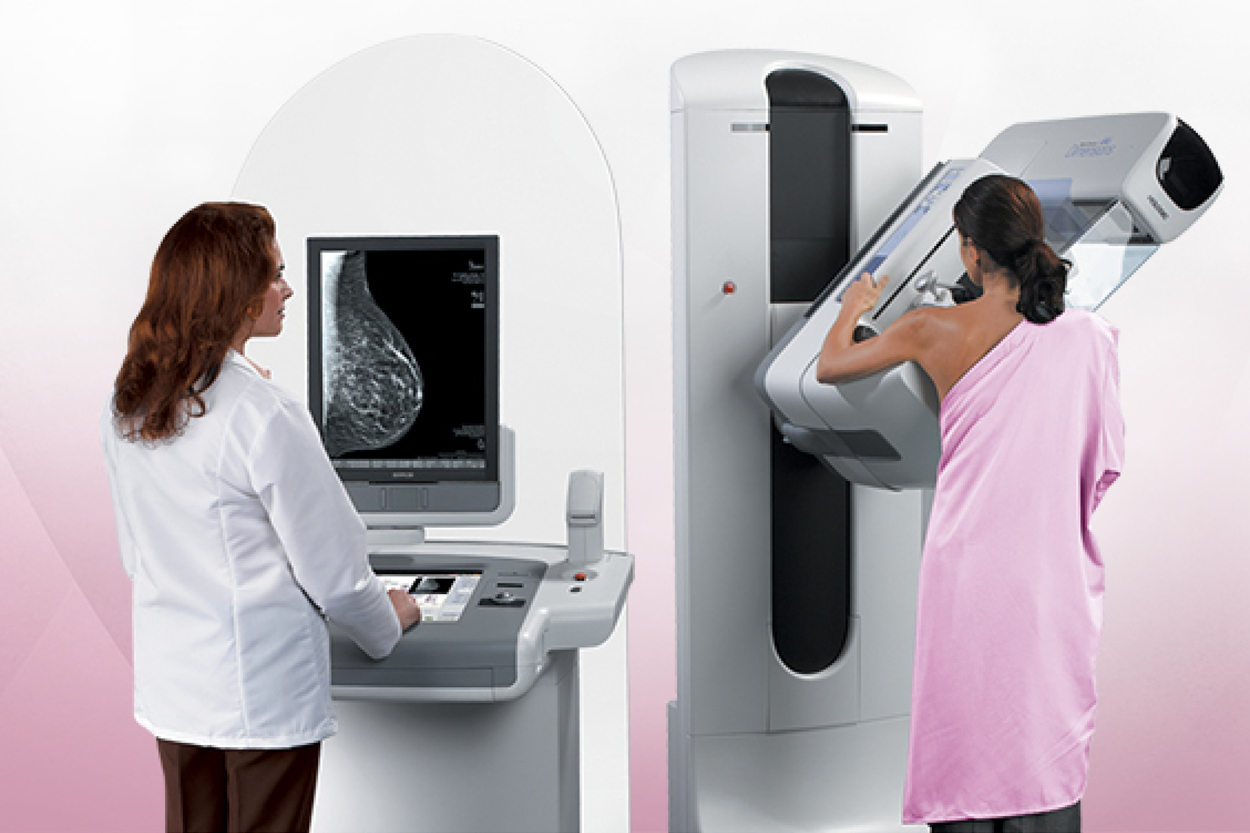Understanding the Difference Between 2D and 3D Mammograms
Annual mammograms are essential to women's health, especially for those aged 40 and older. These screenings play a vital role in the early detection of breast cancer, significantly increasing the chances of successful treatment and survival.
What is a Mammogram?
A mammogram is a specialized X-ray examination of the breast designed to detect cancer, tumors, or other abnormalities. There are two different types of mammograms: 2D and 3D. Identifying potential issues early enables timely intervention and better outcomes.
3D Mammograms
A 3D mammogram captures multiple low-dose X-ray images of the breast, which are then compiled to create a detailed, slice-by-slice view. This advanced imaging technique allows for a more comprehensive examination of breast tissue, enhancing the ability to detect and analyze potential abnormalities. This modern technique is becoming the new mammogram standard, with greater accessibility and widespread adoption. The 3D mammogram’s advanced imaging capabilities provide a view of the breast from multiple angles, enhancing cancer detection, particularly in cases with dense breast tissue. Dense tissue can sometimes obscure abnormalities, but the detailed, slice-by-slice images of a 3D mammogram improve the likelihood of identifying potential issues. 3D mammograms may not always be covered by insurance, as some providers only cover the cost if there is a family history or an increased risk of breast cancer.
Similarities
The 2D and 3D mammograms possess the same purpose and many of the same qualities. Both types of mammograms are low-dose X-rays intended to examine breast tissue and discover any abnormalities. Both exams are completed in roughly 10 minutes and are widely accessible.
To schedule an appointment or learn more, call (863) 269-4624.

